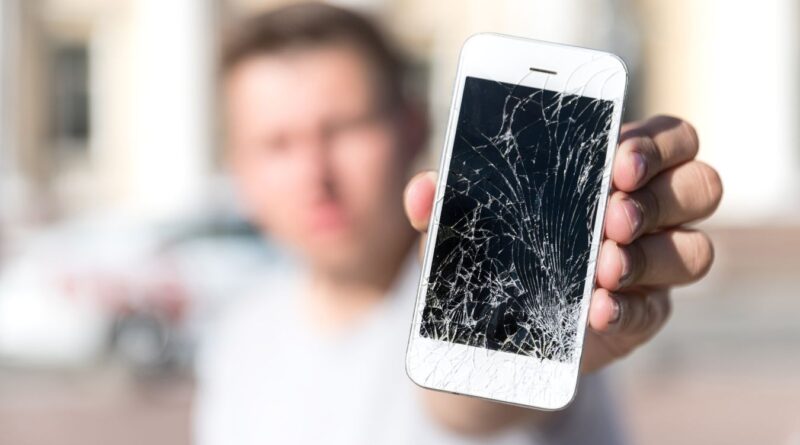Choosing between a screen protector and tempered glass for your phone can significantly impact its durability and your everyday experience. Both options offer unique benefits, and I’ll help you understand which solution might work best for you. Let’s explore the key differences, advantages, and practical considerations to make your decision easier.
Spis treści:
Types of Screen Protection
Screen protectors typically come in two main categories: traditional plastic screen protectors (PET or TPU) and tempered glass. Plastic protectors are thinner, more flexible, and usually less expensive. They offer basic protection against scratches and minor impacts. Tempered glass protectors, on the other hand, provide a more premium feel, better touch sensitivity, and superior protection against both scratches and drops. They’re typically thicker and more rigid, offering a feel similar to your phone’s original screen.
Durability and Protection Level
Tempered glass protectors excel in impact protection, as they can absorb significant force from drops and hits. They’re designed to shatter into small, harmless pieces rather than sharp shards, protecting your phone’s actual screen. Regular screen protectors offer good scratch protection but less impact resistance. They’re more likely to show wear over time but won’t shatter. For everyday use, both options will protect against keys in your pocket and normal wear, but tempered glass provides that extra layer of security against drops.
Installation and Maintenance
Installing a screen protector requires patience and attention to detail. Plastic protectors can be trickier to apply without bubbles or dust particles getting trapped underneath. They’re also more prone to lifting at the edges over time. Tempered glass typically comes with an installation kit and is generally easier to apply due to its rigidity. It’s also easier to clean and maintains its clarity longer. However, once a tempered glass protector cracks, you’ll need to replace it immediately, while a scratched plastic protector might remain functional for longer.
Cost Considerations
Traditional screen protectors are usually more affordable, ranging from $5 to $15 for quality options. You might need to replace them more frequently due to scratches or peeling, but the individual cost remains low. Tempered glass protectors typically cost between $20 and $40 for premium options. While the initial investment is higher, they often last longer and provide better protection, potentially offering better value over time. Consider your budget and how long you plan to keep your phone when making your choice.
Making Your Decision
Your choice should depend on your lifestyle and needs. If you work in an environment where your phone is at risk of drops or heavy impacts, tempered glass offers superior protection. If you’re careful with your phone and mainly want protection against scratches, a traditional screen protector might suffice. Consider factors like your budget, how you use your phone, and what kind of protection matters most to you. Remember that any protection is better than none, and both options will help preserve your phone’s resale value.
